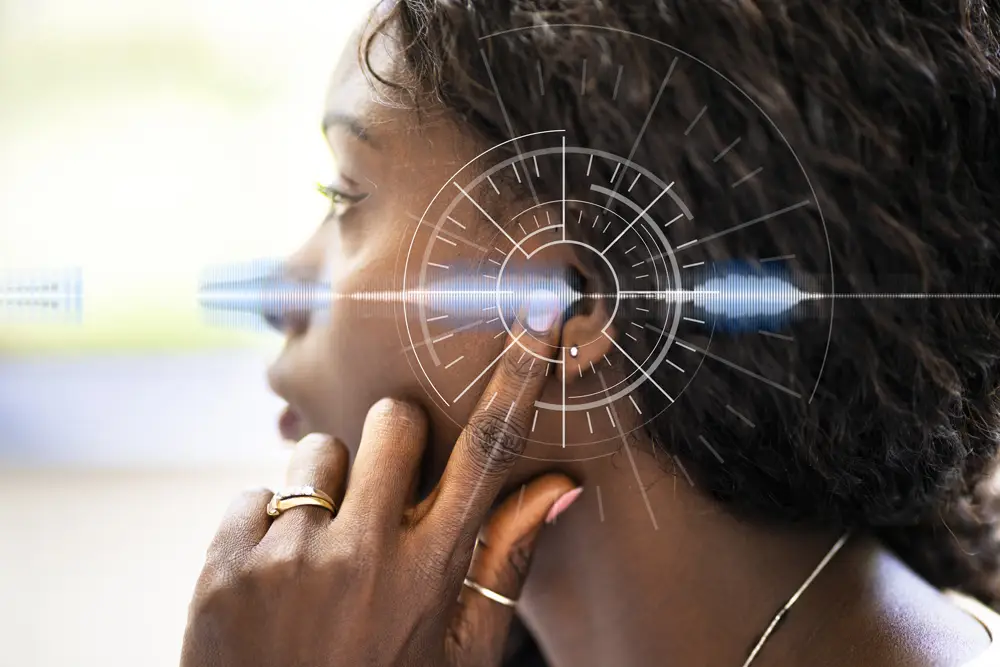The Sounds of Tomorrow: Exploring the Latest Advancements in Hearing Aid Technology
In a world filled with constant noise and communication, the ability to hear clearly is essential for maintaining connections and enjoying life to the fullest. Fortunately, advancements in hearing aid technology are revolutionizing the way individuals with hearing loss experience sound. Let’s delve into some of the exciting innovations that are shaping the future of hearing aids.
Hearing loss is a common condition that affects millions of people worldwide. Fortunately, advancements in hearing aid technology have revolutionized the way individuals with hearing impairment can experience the world around them. From improved sound quality to enhanced connectivity features, modern hearing aids offer a wide range of benefits that can significantly improve the quality of life for those with hearing loss.
One of the most significant advancements in hearing aid technology is the development of digital signal processing. This technology allows for sound to be processed and amplified in a way that is more precise and tailored to the individual’s specific hearing needs. Digital hearing aids can automatically adjust settings based on the environment, making it easier for users to hear conversations in noisy settings or quiet environments.
Another key feature of modern hearing aids is wireless connectivity. Many hearing aids now come equipped with Bluetooth technology, allowing users to stream audio directly from their smartphones, TVs, and other devices. This not only enhances the listening experience but also provides greater convenience and flexibility for users who can now easily switch between different audio sources.
Furthermore, advancements in hearing aid design have made these devices more discreet and comfortable to wear. Gone are the days of bulky, conspicuous hearing aids. Today, hearing aids are smaller, sleeker, and more aesthetically pleasing, making them less noticeable to others. Some models even offer rechargeable batteries, eliminating the need for frequent battery changes.
In addition to these technological advancements, modern hearing aids also offer a range of features that cater to the diverse needs of users. For example, some hearing aids come with tinnitus masking capabilities, which can help alleviate the symptoms of tinnitus by providing soothing sounds to mask the ringing in the ears. Others offer directional microphones that can focus on specific sounds while reducing background noise, making it easier for users to follow conversations in noisy environments.
Overall, the advancements in hearing aid technology have had a profound impact on the lives of individuals with hearing loss. These devices not only improve hearing ability but also enhance communication, social interaction, and overall quality of life. As technology continues to evolve, we can expect even more innovations in the field of hearing aids, further improving the accessibility and effectiveness of these devices for those in need.
In conclusion, the advancements in hearing aid technology have transformed the way individuals with hearing loss experience the world. With improved sound quality, wireless connectivity, discreet design, and a range of features to cater to diverse needs, modern hearing aids offer a comprehensive solution for those seeking to enhance their hearing abilities. As technology continues to progress, the future looks bright for individuals with hearing loss, as they can look forward to even more innovative solutions that will continue to improve their quality of life.
Written by: Brittany Bowen, CDA


